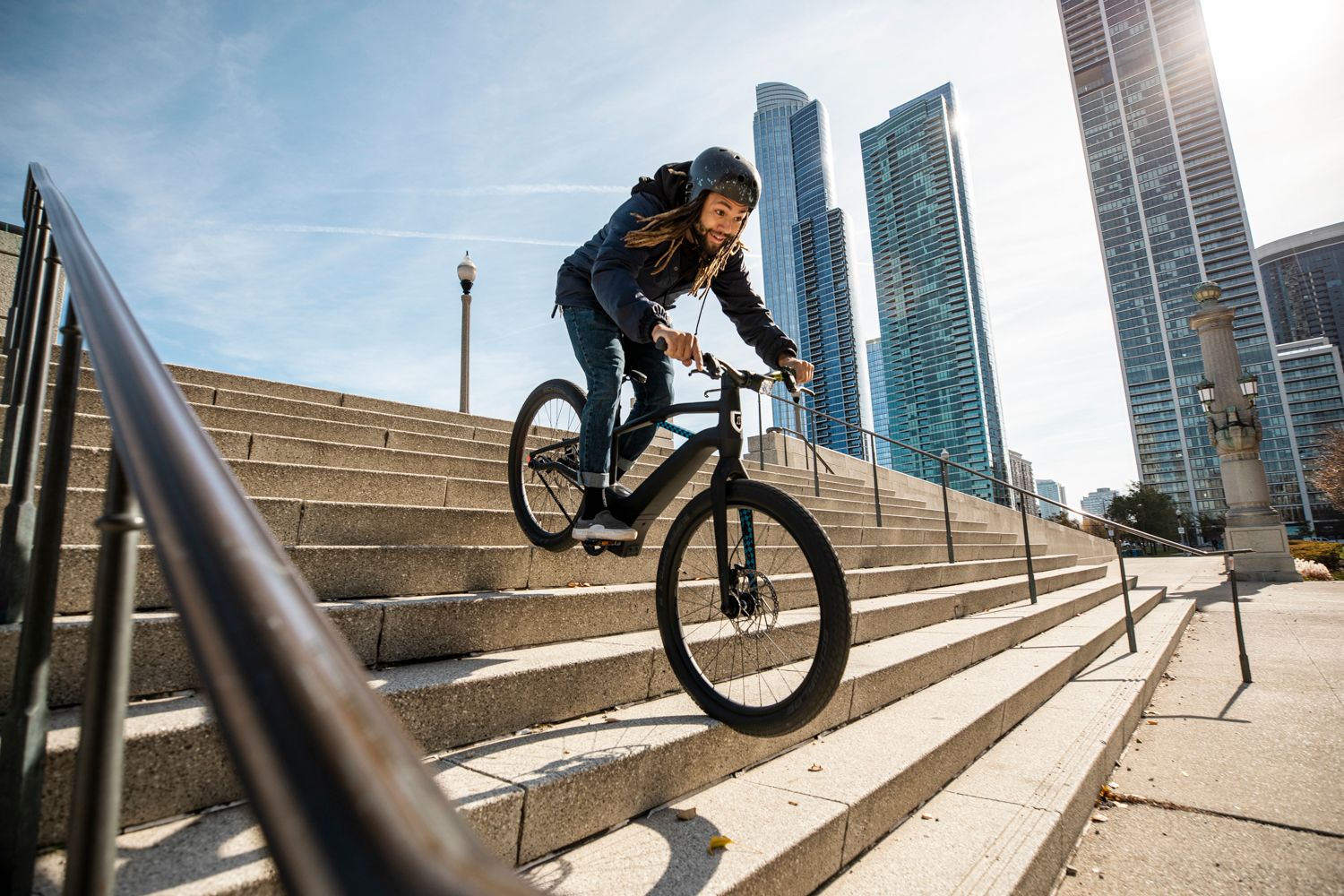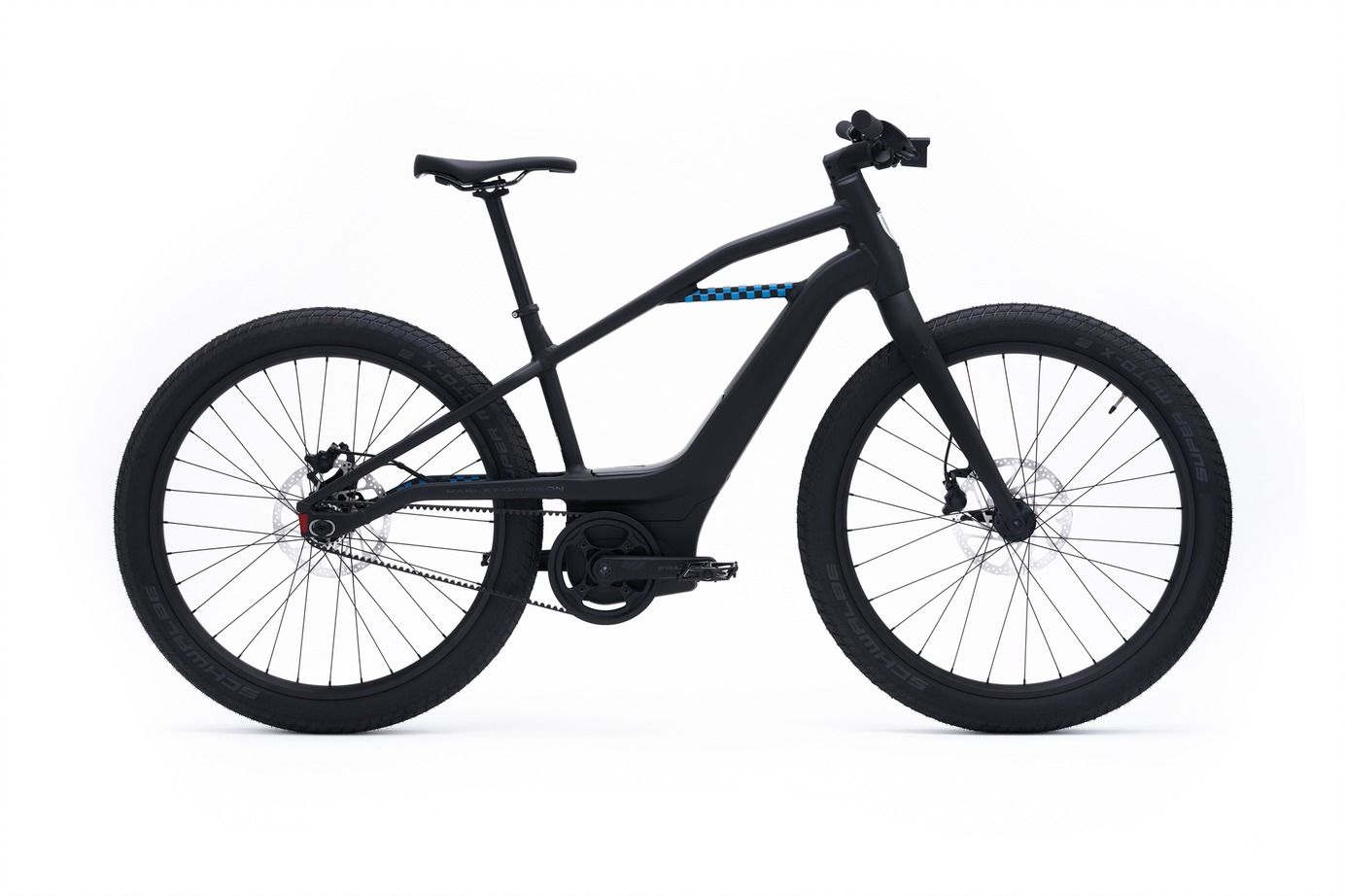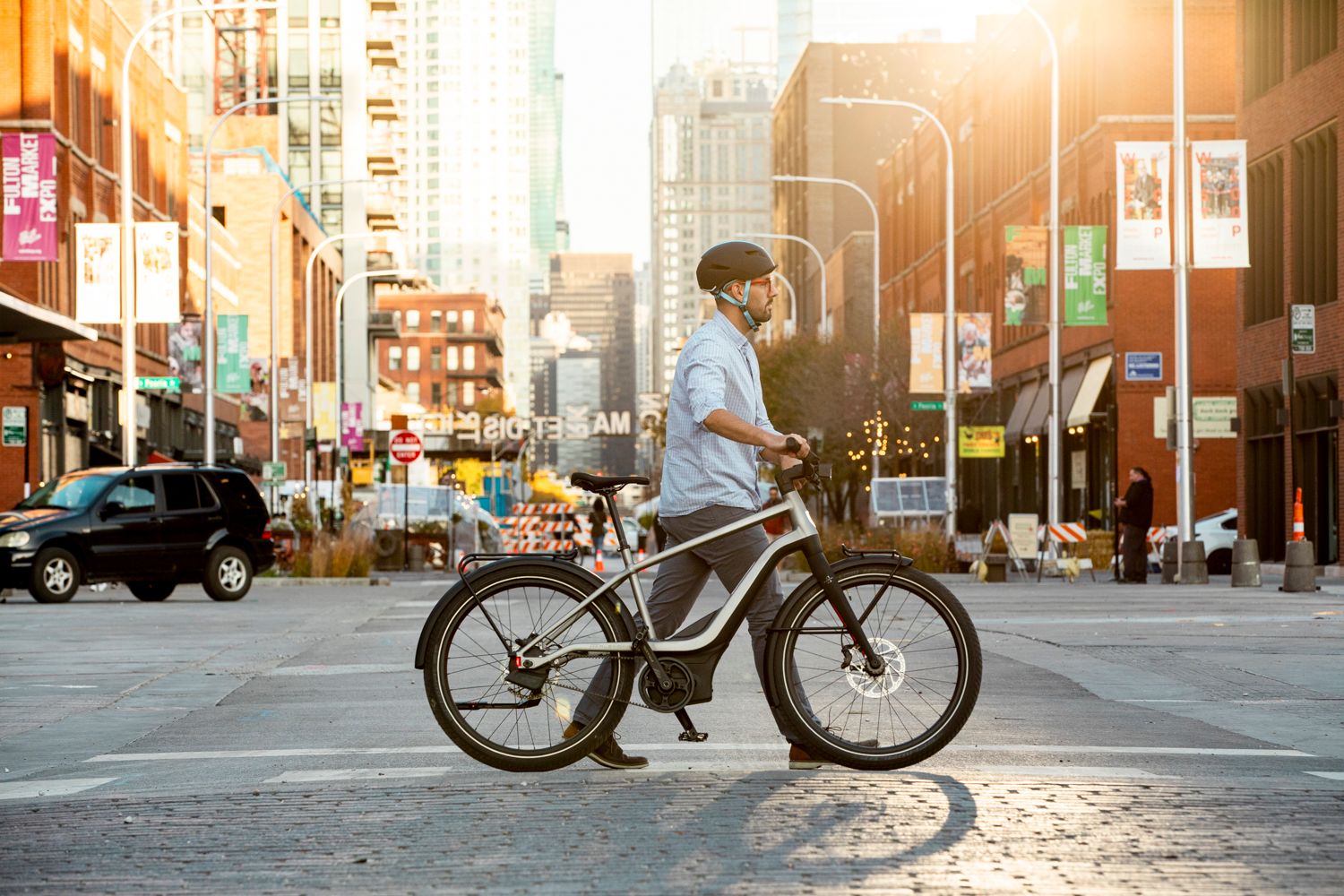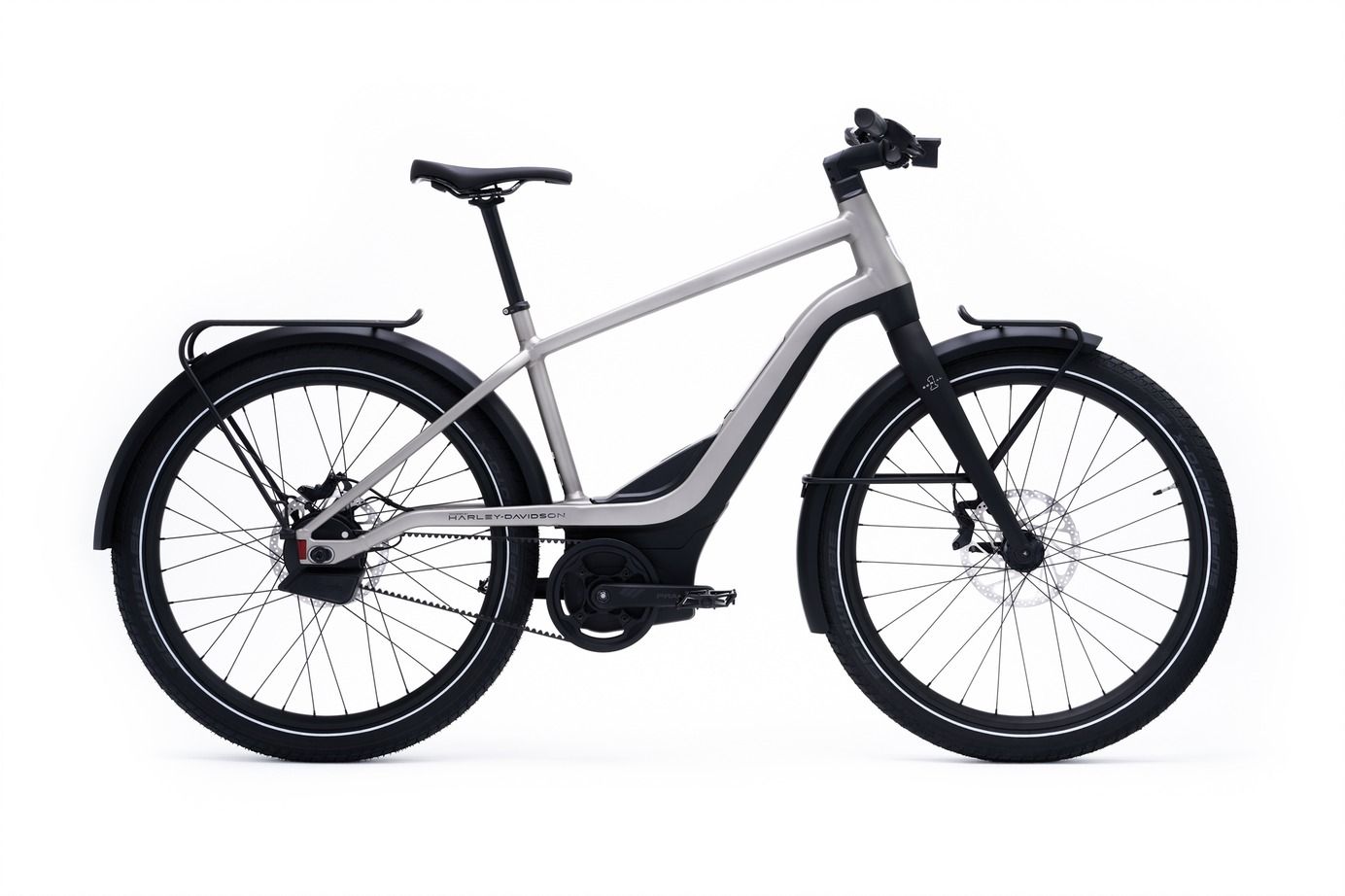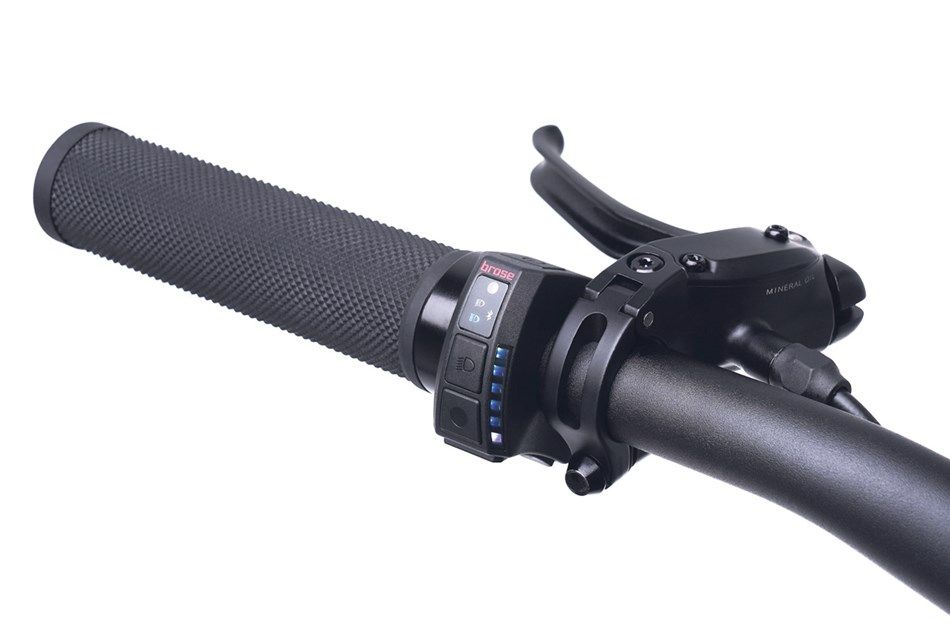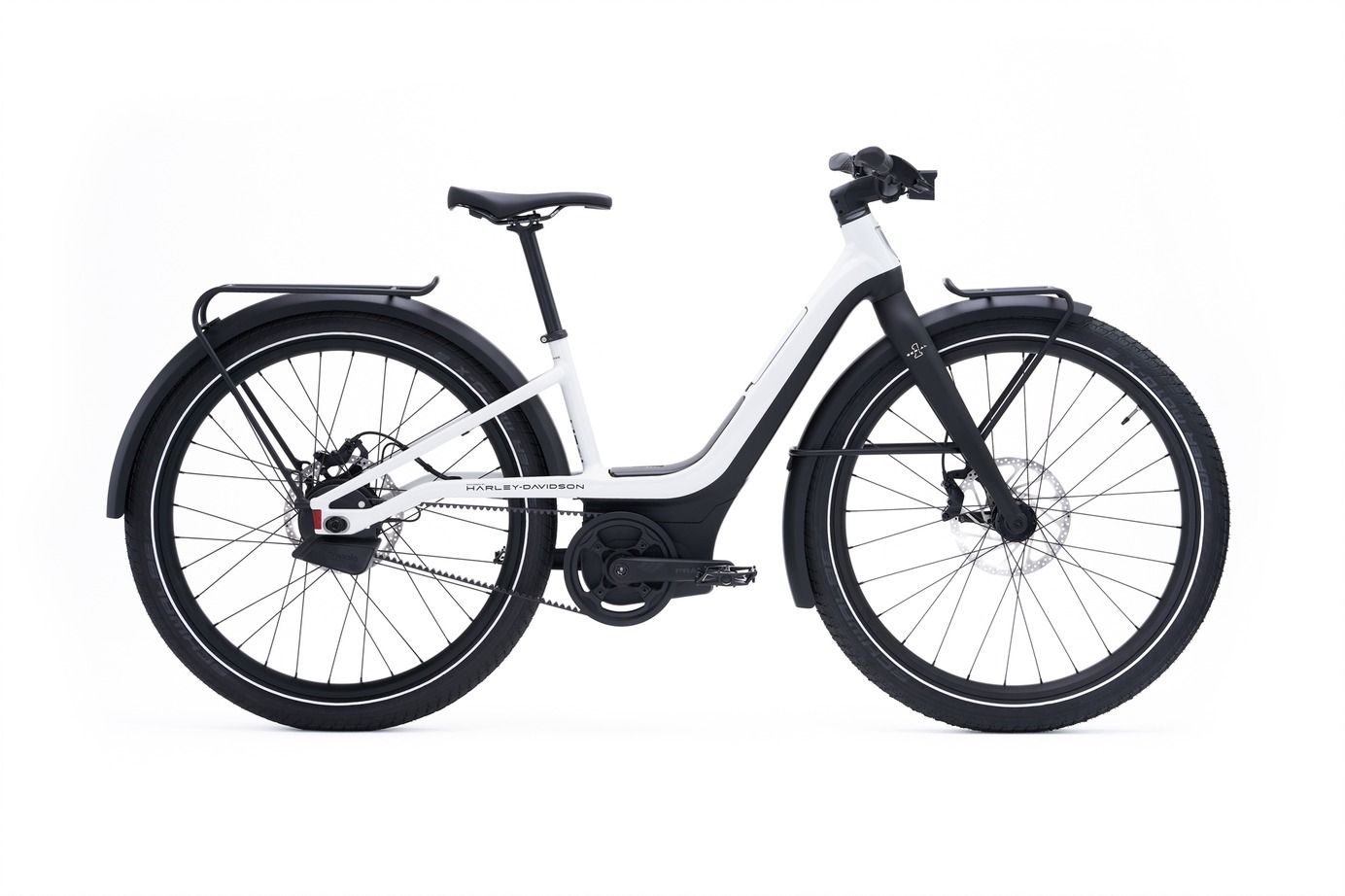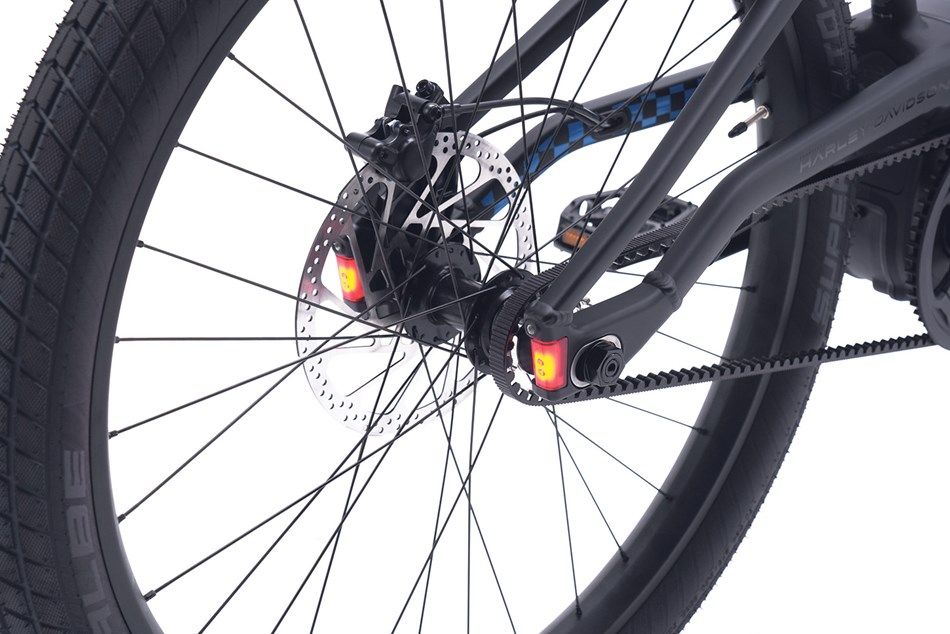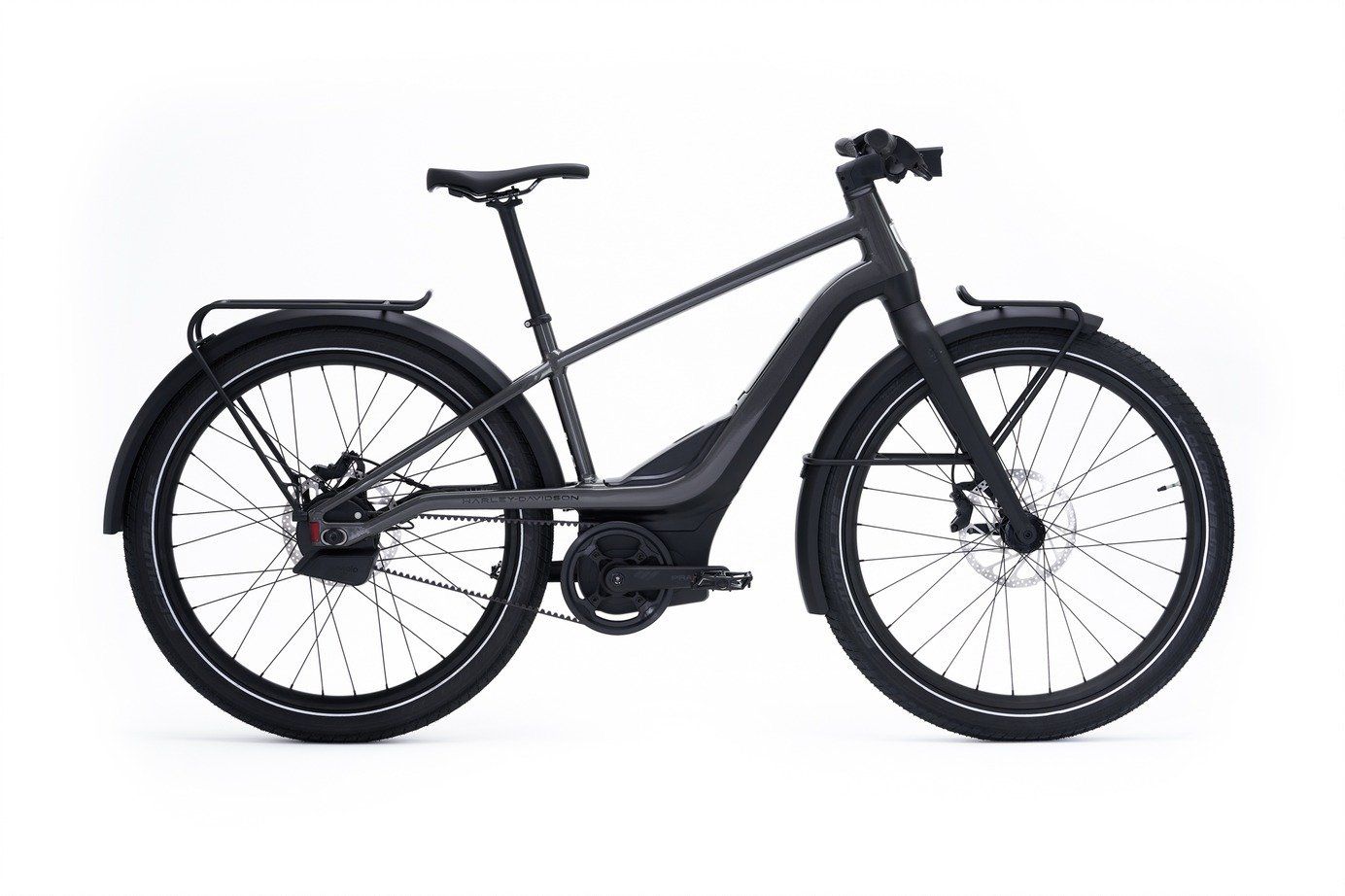Harley Davidson comes full circle with the latest Serial 1 range of powered bicycles. However, whereas the original Harley Davidson had a petrol engine powering the bicycle, the Serial 1 has batteries and an electric motor. It's the way of the future so you might as well get used to it.
Harley Davidson's Future Is Electric (Isn't Everyone's?)
Like so many motorcycle manufacturers who appeared at the beginning of the 20th century, the first Harley Davidsons were bicycles with engines attached.
William Harley was working in a bicycle factory at the turn of the century. His good friend Arthur Davidson liked to go fishing but was finding pedalling his bicycle hard work. Like so many others, Harley hit upon the idea of attaching an engine to an ordinary bicycle to take the effort out of pedalling.
Unlike many others, however, in 1901 Harley actually designed and built his own single-cylinder engine of 7.07 cubic inches (116cc) to fit into the frame. When this proved too small and under-powered to prevent the need for using the pedals completely, William Harley and Arthur and Walter Davidson designed and built a larger 24.74 cubic inches (405 cc) engine and the legend was born.
Fast forward to the present day and Harley-Davidson has come full circle and re-entered the powered bicycle market. This time, however, the motive power is electricity.
The new subsidiary, named Serial 1 after their first-ever motorcycle, makes four different models. If you are living in the US, you will be familiar with them, but now they are making their way to the rest of the world as general acceptance of electric-powered bicycles takes hold.
There's not much that identifies the models as Harley-Davidsons, unless you find some tenuous link between the rumbling v-twins and the bicycles in the use of belt final drive, but they are yet another indication that Harley is not as tradition-bound as its detractors like to think.
There are some nice design details. The front and rear lights are neatly incorporated into the handlebars and frame at the front and rear respectively. The fit and finish is good, with everything as tucked away and out of sight as possible.
The electric motor has six different settings, with a maximum of 250w of power and a not insignificant 66 lb ft of torque, which is a lot for a skinny-tyred bicycle. It is governed to 15mph to circumvent licensing laws but, depending on the power mode and where you are riding, range is quoted as an impressive 35 - 105 miles. Expect a full charge in 5 hours.
The motorcycle (or cycling, for that matter) purists among you might look at the Serial 1 with some scepticism. But not everyone wants a motorbike nor has the desire to pedal. In the urban environment, powered bicycles make a huge amount of sense for commuting or simply getting to the shops.
The looks are a matter of taste. To me, they look like the sort of sit-up-and-beg bicycle people used to ride in the 1950s, long before 'racer' models with drop handlebars were commonly available for the man on the street. Having said that, they are a thoroughly modern take on that style.
The four models are the Rush/CTY, Rush/CTY Speed, Rush/CTY Step Through and Mosh/CTY. Prices start from $3,799 for the Mosh and go up to $5,599 for the Rush/CTY Speed.

